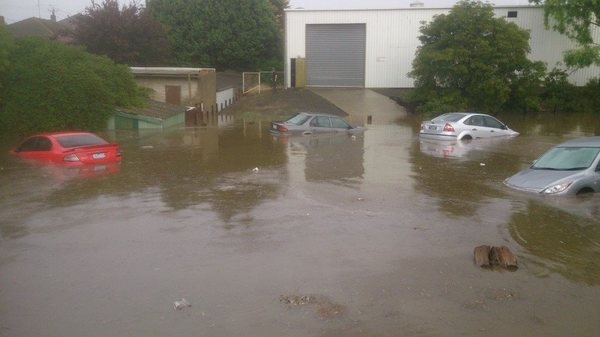Under the Weather, By Lindsay Smail
The weather highlight of January was without doubt the incredibly severe storm of the 27th.
The deluge delivered a total 39.4mm of at Breakwater’s official weather station for Geelong.
Large hail accompanied flash-flooding from 24mm in just 20 minutes.
Geelong’s western suburbs had even heavier falls, including 91mm in the Montpellier area of Highton.
Manifold Heights recorded 81mm, the rest of Highton had 79mm and Herne Hill and Hamlyn Heights registered 65mm.
Several casualties were reported, including a man burned by a lightning strike, along with numerous accounts of flooding and building damage.
Despite the Bureau of Meteorology labelling it a “one-in-50-year storm” and some of the press going further with accounts of a “one-in-100-year storm”, my book, Weather Wonders of Geelong, shows that these sorts of summer storms are much more common.
In fact, Geelong had more than 100mm in a day on 27 January 2005 with severe flash flooding and consequent damage.
The wet weather might also have had tragic consequences when a light plane crashed into the sea off Point Lonsdale on 29 January, killing all four on board.
Thick drizzle and low cloud at the time could have played a part in the accident.
The combination of a slow-moving low pressure system and a trough brought about the rain in the final week.
Unfortunately our Otways water catchment missed out on most of it remaining around 44 per cent of capacity at the end of the month.
Geelong was 1.2C warmer than the 30-year normal from 1986 to 2015.
Minimums were 1.9C warmer and maximums .5C higher than average.
Four days of the month topped 30C, with a maximum of 43.7C on 13 January.
Four thunder days were recorded while the maximum recorded wind gust at Breakwater was 72km/h, also on the 13th.
– Lindsay Smail operates Geelong Weather Services, geelognweatherservices.com.au.







